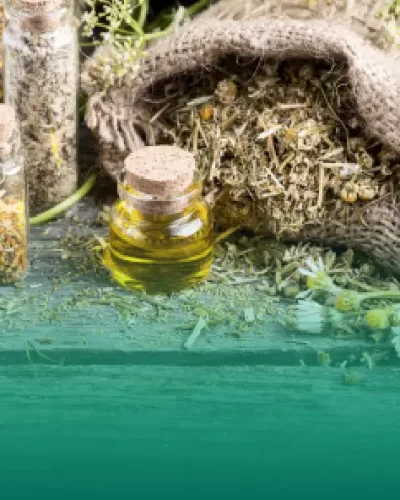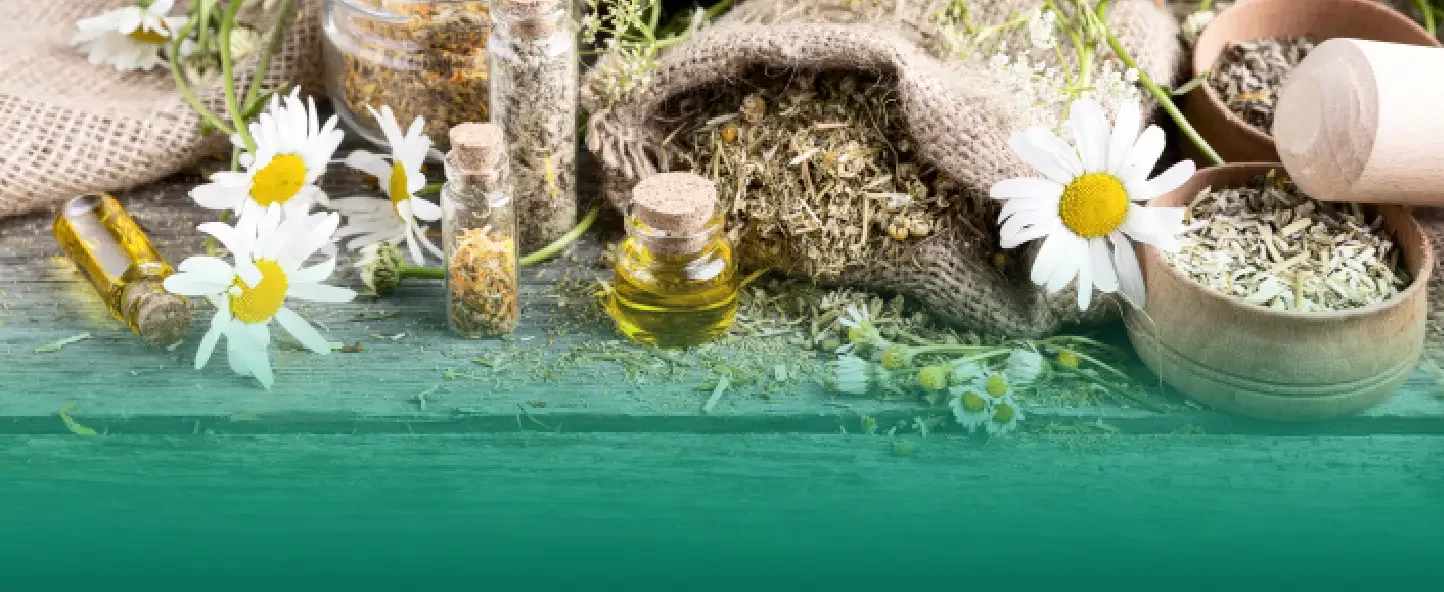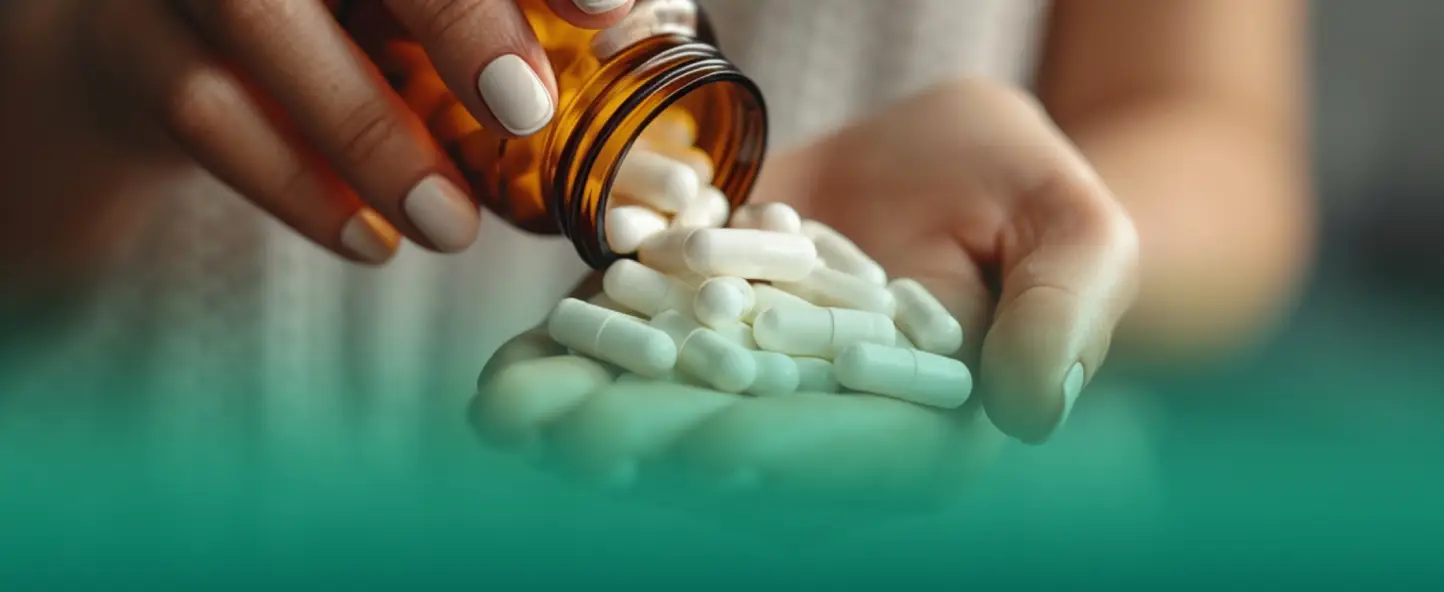Myth: Garlic and lemon cure flu and colds
Garlic is generally viewed as a healthy food, but using it as the sole means of flu prevention may not be effective. The phytoncides contained in garlic, in those small quantities usually consumed in food, may have only a limited effect on influenza viruses.
Moreover, excessive consumption of garlic can negatively affect the condition of the gastric mucosa.
Foods rich in vitamin C, such as lemons, are not a panacea for the flu, but they do play an important role in supporting immunity. A lack of vitamin C can make the body less able to fight off infections, so it is important to include it in your diet.
Lemons, although not the richest source of vitamin C, can still provide health benefits. They can be used as one of the components of a balanced diet, along with other foods rich in this vitamin, such as rose hips, red pepper, sea buckthorn, kiwi and others.
Myth: Ginger cures colds
Like many other folk remedies, ginger is often associated with relieving cold symptoms. In fact, this root has a number of valuable qualities, including antioxidant properties and the ability to soothe inflammation.
However, scientific research has not yet been conducted to fully confirm that consuming ginger promotes rapid recovery. This means that while some people may experience relief from taking ginger, there is no direct evidence that this particular root is a major factor in the healing process.
Despite this, ginger has a place in the diet as a means to strengthen the immune system and maintain health. Its antioxidant properties may help fight inflammation and promote overall well-being.
However, it should be remembered that ginger does not protect against respiratory infections and does not shorten the duration of the disease. Therefore, using ginger as a supportive remedy during a cold may be beneficial, but should not be relied upon as a primary remedy.
Myth: Cranberry cures cystitis
Cranberry is a berry that is considered one of the oldest folk remedies in the fight against cystitis, an infectious disease of the urinary tract. It is recommended as a preventive remedy due to the content of special substances, such as proanthocyanidin, which are attributed to its ability to prevent the penetration of bacteria into the bladder and reduce the risk of inflammation.
Although some studies support the beneficial effects of cranberries in preventing cystitis, others are inconclusive. For example, according to the Cochrane Collaboration, regularly drinking cranberry juice may reduce the likelihood of cystitis, but the effect may be temporary and many people stop using it in the long term.
It is important to note that while cranberry may have some beneficial properties, it is not a panacea for cystitis, and its use as a preventative should be accompanied by consultation with a doctor.
To achieve maximum effect in the fight against this disease, it is recommended to combine the consumption of cranberries with other methods of prevention and treatment, including proper diet, hygiene measures and taking medications prescribed by a doctor.
Myth: Carrots and blueberries improve vision
As a continuation of the discussion about vision and its connection with nutrition, we often hear statements about the benefits of carrots and blueberries for vision. But can they really significantly improve our vision?
Carrots and blueberries contain a number of important vitamins, such as A, B, PP and C, as well as pectin and tannins, carotene, organic acids, anthocyanins and trace elements that have a beneficial effect on the health of our retina.
However, to provide her with enough keratin, she needs to eat an impressive amount of blueberries – about 2-2.5 kg per day! In addition, it is worth remembering that keratin is absorbed by the body only in the presence of fats, therefore, in addition to blueberries, it is necessary to consume fatty foods such as sour cream, milk or kefir.
It is important to emphasize that blueberries, like other vitamin-rich foods, do not directly improve vision, but rather contribute to the normal nutrition of the retina and the maintenance of its health. Myopia, as a hereditary disease, cannot always be prevented, but the rate of development of myopia in children can be slowed down through proper nutrition, which includes sufficient amounts of vitamins and minerals.
Despite all the benefits of carrots and blueberries, it is worth remembering other foods that also promote eye health. For example, spinach, kale, broccoli, oranges, apples, red peppers and corn are also rich in vitamins and minerals essential for maintaining eye and general health.
Myth: In case of a burn, urine or sour cream will help first
Immediately after receiving a burn, it is important to take first aid measures. One of the primary actions is to eliminate the cause of the burn and extinguish the flame using available means. In the event of a chemical burn, immediately flush the affected area with plenty of water to minimize exposure to chemicals.
It is important to remember not to remove the victim’s clothing, as this may cause further damage to the skin. After extinguishing the fire, it is necessary to begin the process of cooling the burn area. It is recommended to place the affected part of the body under running water at room temperature and cool it for 5-7 minutes. This will help reduce pain and prevent further tissue damage.
One of the common mistakes at this stage is trying to cool the burn with too cold water, as well as using alcohol-containing liquids or applying ointments without consulting a specialist. These measures can make the burn worse, so it is important to follow first aid recommendations.
If the burn area exceeds the size of the victim’s palm and is accompanied by blistering, whitening or blackening of the skin, you must contact a medical facility to provide qualified medical care. Burns of a large area or with severe symptoms require immediate emergency medical attention.






